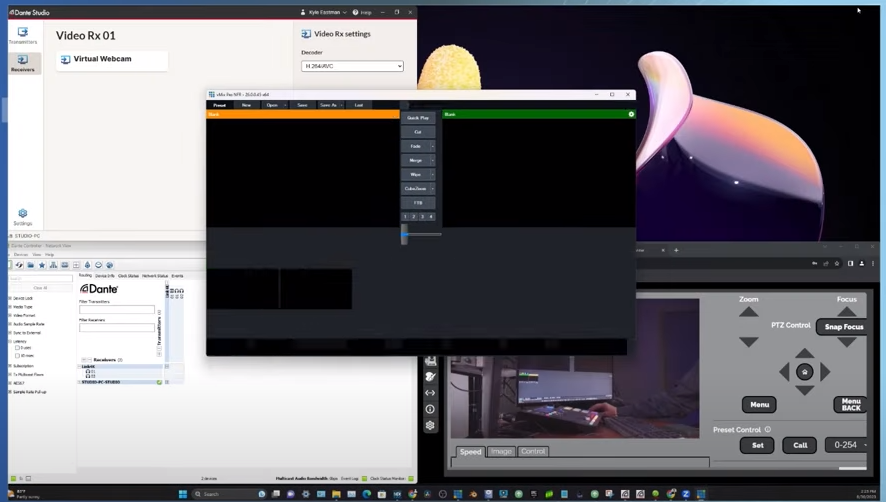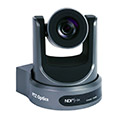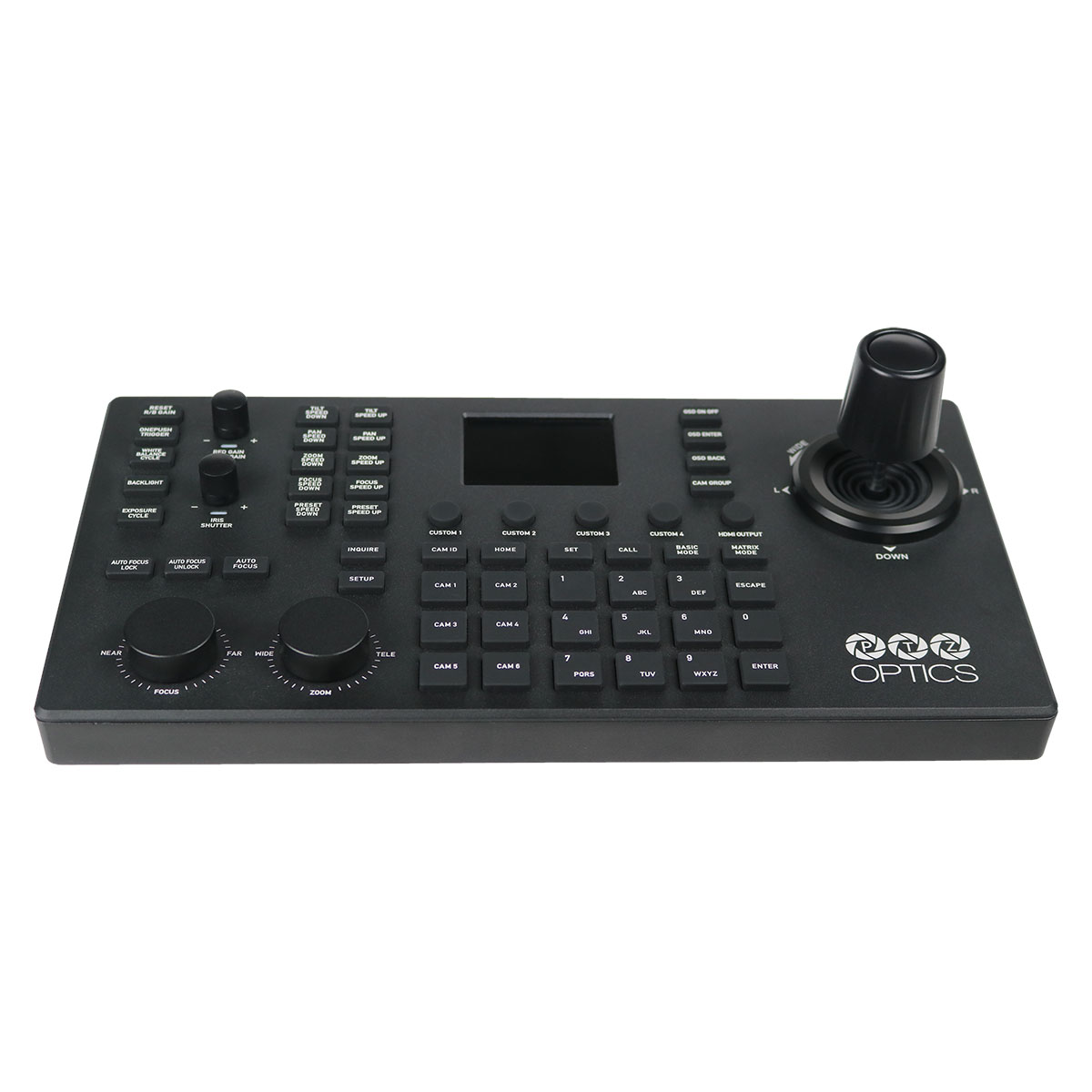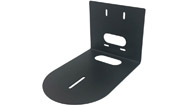How to connect to the Dante Video to vMix
Connect Your Dante-Enabled Camera with vMix: A Step-by-Step Guide
In the fast-evolving realm of live streaming and broadcasting, professionals are continually seeking ways to enhance their production quality. Integrating cutting-edge camera technology with advanced broadcasting software can make a substantial difference. This guide will walk you through the process of connecting your PTZOptics Link 4K Dante-enabled camera to vMix, a renowned live production and streaming software, ensuring you can harness the full power of your camera’s PTZ (Pan-Tilt-Zoom) capabilities and high-resolution visuals.

What You'll Need:
- A PTZOptics Link 4K Dante-enabled camera.
- A computer with vMix software installed.
- A consistent network connection shared by the camera and the computer.
- Dante Studio software.
- Dante Controller software.
Steps to Connect Your PTZOptics Link 4K Camera to vMix:
Preparation: Confirm that your PTZOptics Link 4K Dante-enabled camera is correctly installed and connected to the same network as your computer running vMix. This network connection is vital for communication between Dante devices.
Dante Software Installation: If you haven’t already, download and install Dante Studio and Dante Controller from their official website. Dante Studio will serve as your virtual interface for the camera, while Dante Controller will manage and route the Dante-enabled sources on your network.
Routing with Dante Controller: Launch Dante Controller, your central management console for all Dante-enabled devices on the network. From here, you’ll select your PTZOptics Link 4K camera from the available sources and route the video feed to Dante Studio, set up to receive the feed.
Configuring Dante Studio: Open Dante Studio and verify that it’s receiving the video signal from your PTZOptics camera through the Dante network. Ensure the correct input settings are selected.
Enabling Virtual Output: In Dante Studio, activate the virtual output. This functionality converts the received video feed into a format recognizable by vMix, essentially operating as a virtual video device within your system.
Integrating with vMix: Now, switch to vMix and add a new input by selecting the Dante Studio Virtual Output as your video source. This step integrates the high-quality video feed from your PTZOptics camera into your vMix production.
Activating PTZ Controls: To harness the PTZ capabilities of your camera, input the camera’s IP address in the vMix PTZ control settings and hit the connect button. This action enables real-time Pan-Tilt-Zoom controls directly within the vMix software, offering precise camera adjustments during live production.

Conclusion
Connecting your PTZOptics Link 4K Dante-enabled camera to vMix not only enhances your production with high-definition video quality but also brings the sophistication of PTZ control into your live streams and broadcasts. Although the process involves several stages, the outcome is a professional-level visual production, giving you unparalleled control and quality. This setup is ideal for various applications, from live event broadcasting to e-learning sessions, corporate meetings, or any digital platform where communication needs to be clear, reliable, and visually impeccable.


















